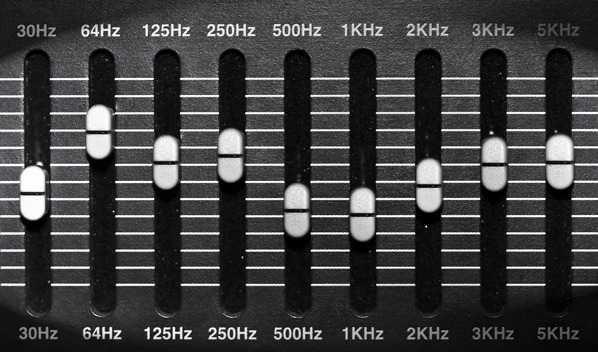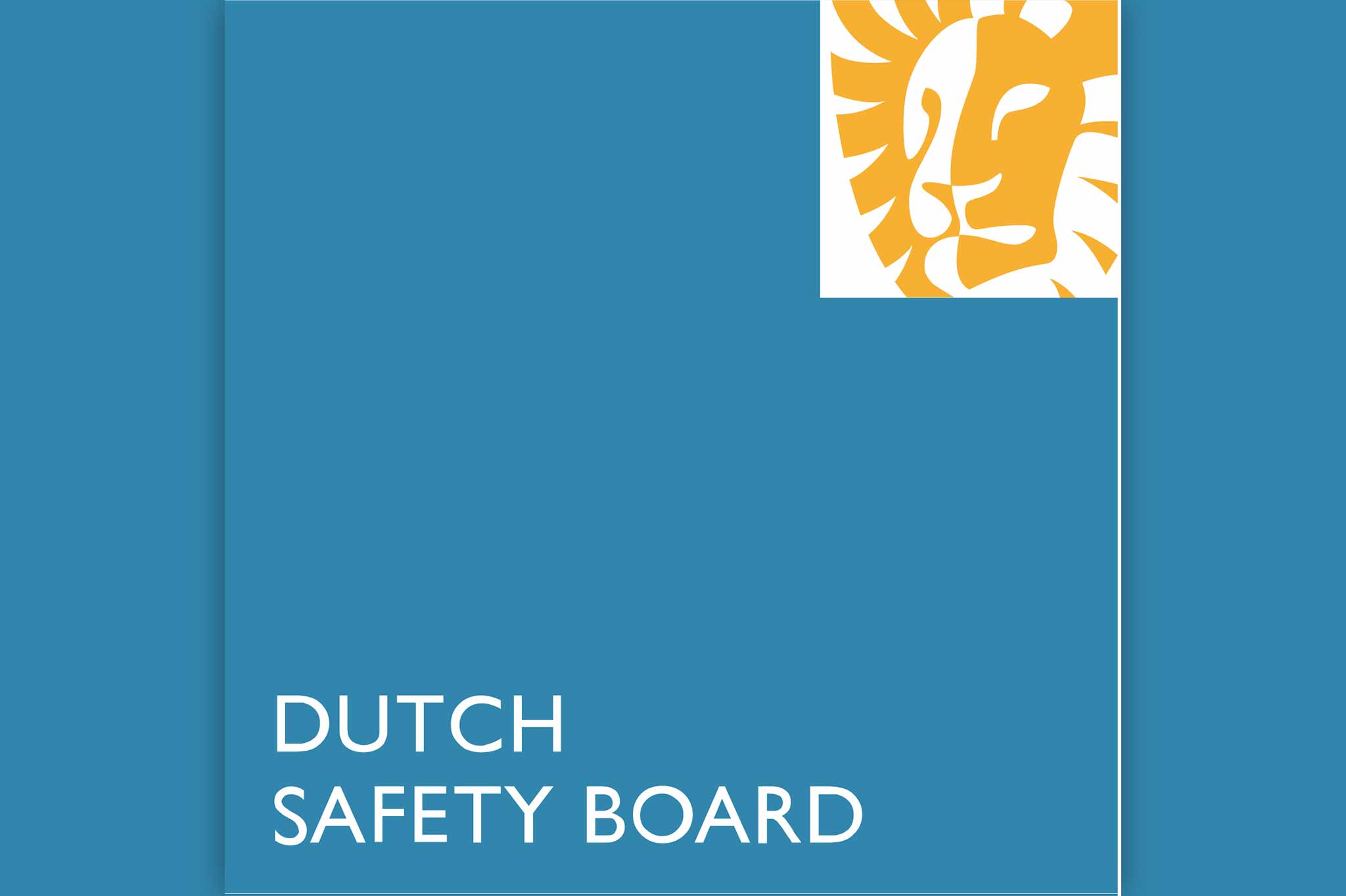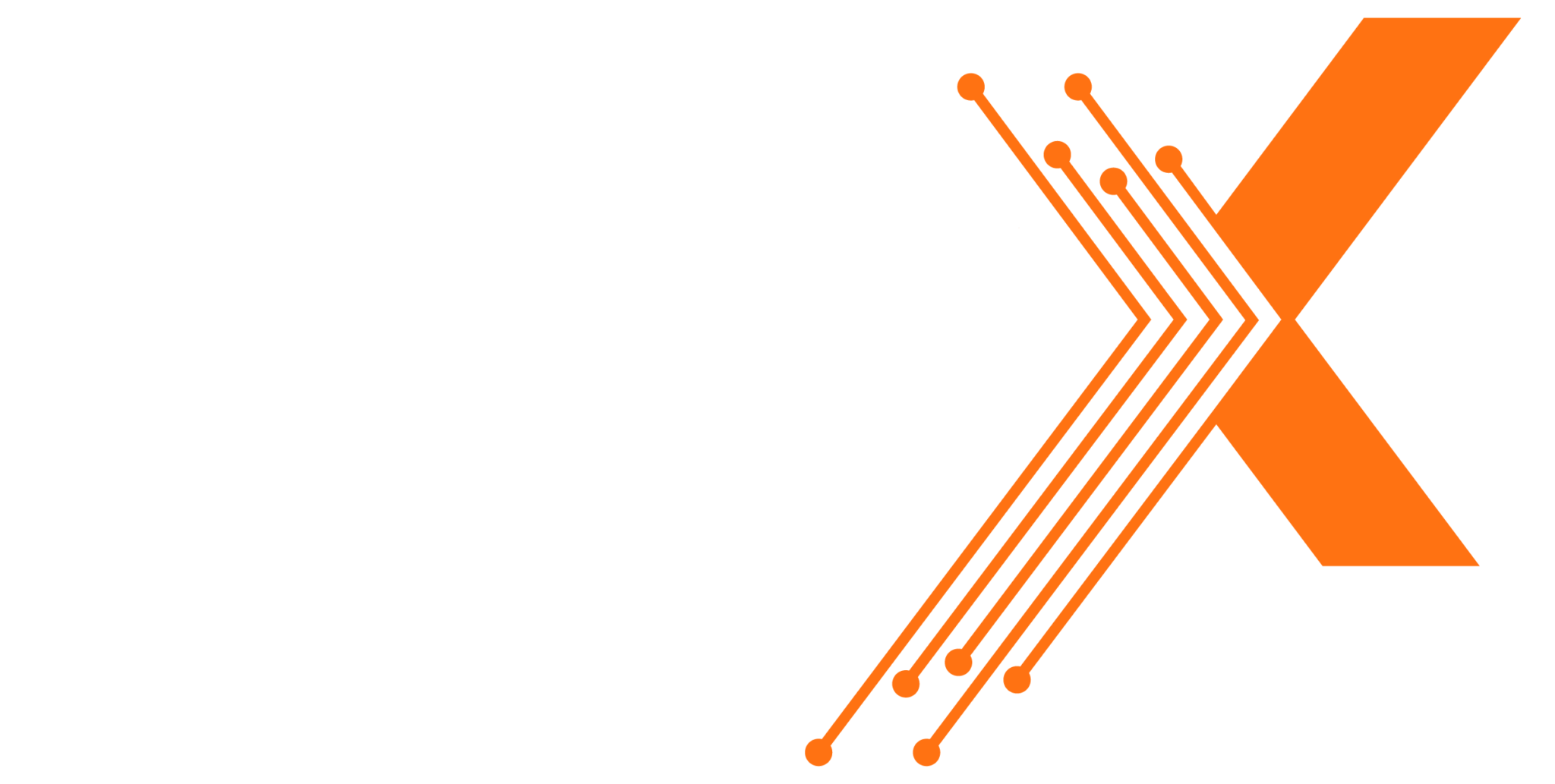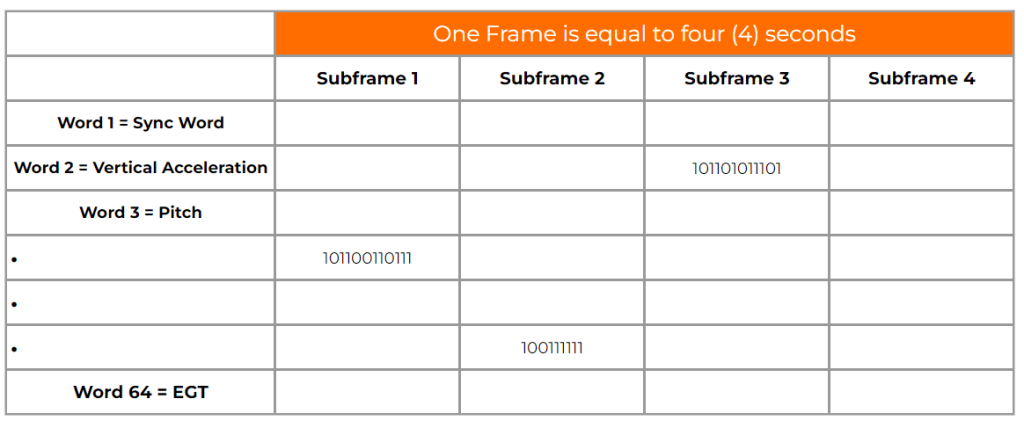Advanced
Cockpit Voice Data Analysis
CVA 301
Your first Quiz? With regard to sound detection, what is the difference between the Hebb method and Pattern Detection Formula?
This advanced course is definitely not for the average Analyst. Imagine being assigned to a CVR audio analysis task where noise completely overtakes intelligible audio, multiple simultaneous voices increases the difficulty of differentiating pilot from co-pilot, or location of critical sounds become almost impossible due to inherently low amplitude. If you are an Aircraft Accident Investigator, this is your course!
Prerequisite:
Become a CVR Subject Matter Expert
Qualify for Accident Teams
Accident teams must determine root case accurately and in a short amount of time. CVA 301 arms and prepares you to tackle today’s most challenging aircraft accident CVR audio tasks, anomalies, and obstalces using the science of artificial intel (ai)
Enhanced Accident Reporting
Generating a CVR transript can take weeks or even months, depending on the complexity of the accident. Using our ai tools, you’ll generate 95% of the transcript, and learn how to reduce textual errors while shortening the CVR transcript development time significantly
Advanced Investigtion
Graduate from our course with the ability to separate crew voice, generate flight path from CVR audio only (in case the FDR data is unusable), auto detect avionics and systems sounds, and remove noise & intereference which can severely impact the CVR audio decoding process

CVR audio frequency manipulation is very useful for filtering out undesired noise and interference!
Every sound is basically a summation of various frequencies. By altering frequency you can alter the pitch of the pilots voice, including the removal of harmonics or overtones which get in the away of understanding the pilot’s speech.
“I learnt a lot of new things, from the basics of audio to the depths of analysing what is going on in the cockpit…I am looking forward to seeing what the neural networks will bring us in the future.”
– Floris Gisolf
Investigator
Dutch Safety Board





